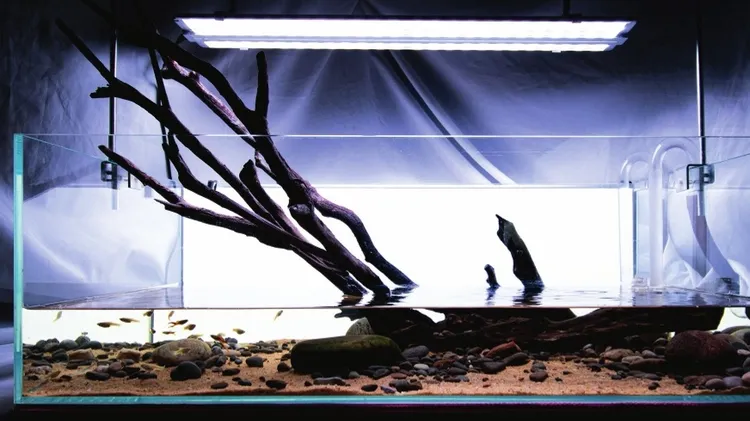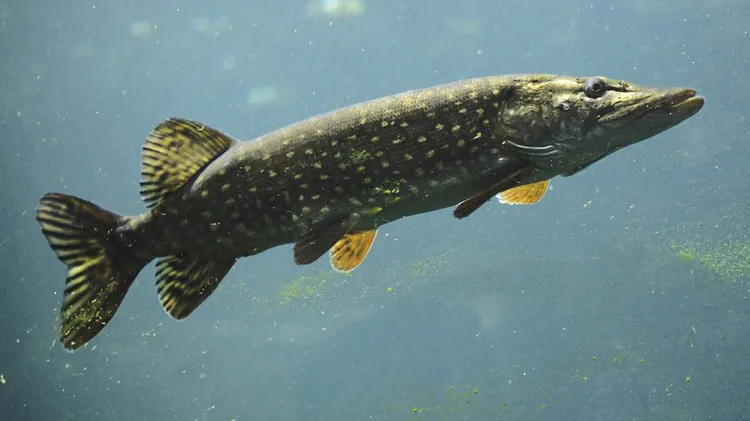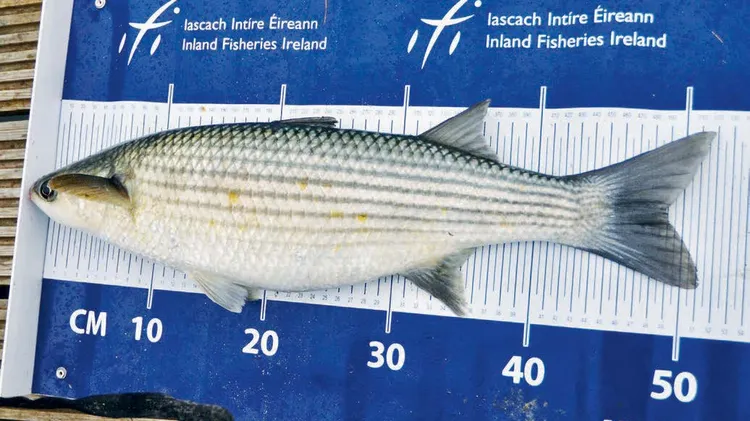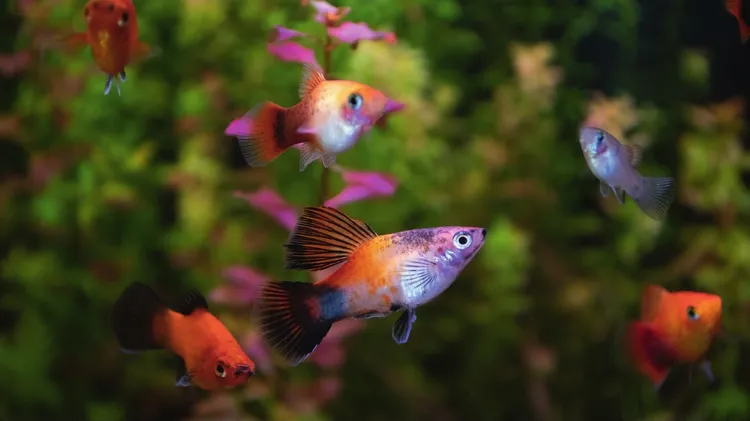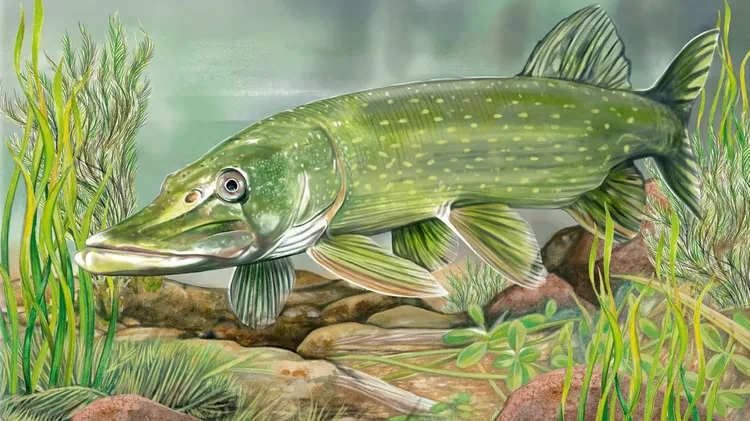Few fish can deal with such extremes as a small killifish from the Middle East. A
The survivor
4 min read
This article is from...
Read this article and 8000+ more magazines and newspapers on Readly

